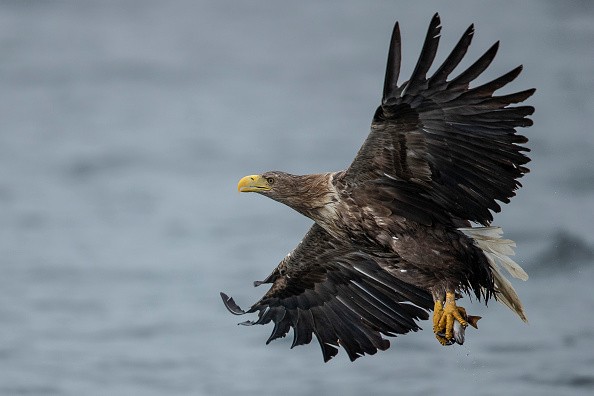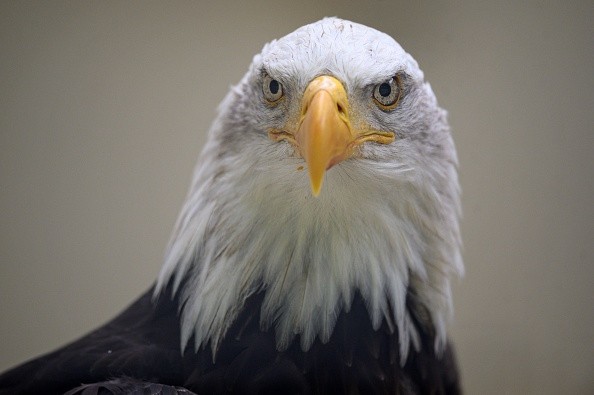

Early Christmas presents for bird watchers in Massachusetts came in the form of an uncommon sighting of a Steller's sea eagle - a bird endemic to Asia nearly 8,000 km (5,000 miles) away.
Steller's Sea Eagle: One of the Heaviest Eagles on the Planet
The Kamchatka Peninsula in far eastern Russia is home to the big sea eagles, which may also be found in Japan, China, and Korea. It's believed that there are only around 5,000 remaining in the world, including this one, which somehow found its way to the Taunton river in Massachusetts, as per Science Alert.
Heaviest eagles on the earth, Steller's sea eagles weigh between 11 and 20 pounds and have wingspan of up to 2.5 meters (8 feet). With their brilliant orange beak and white-edged wings, they're simple to distinguish.
Aside from that, Smithsonian Magazine reports that this bird is likely the same one that was observed in eastern Canada last month; it has also been reported as far north as Alaska during the summer of 2020.
In Texas, researchers also saw a Steller's sea eagle, but they don't know whether it's the same bird since its distinguishing markings weren't captured.
"It's almost as far away from your origin as you can be," says Andrew Farnsworth, a senior researcher at Cornell Lab of Ornithology to the New York Times in November. "It's mind-boggling."
The IUCN Red List classifies Steller's sea eagles as "vulnerable."
Where Can the Eagle be Found?
Birdwatchers have been able to recognize it by the white markings on its wings, and they believe it's fair to say they're delighted about its arrival around local rivers and coasts, where it's likely looking for mates.
In his blog The Birdist, Maine Audubon's lobbying and outreach coordinator, Nick Lund, wrote about seeing the bird.
"An absolute dream to be all of a sudden standing in this random park in southern Massachusetts looking at a wild, rare Russian monster," he wrote.
The Steller's eagle was noticed by Lund amid the local bald eagles, which seem to be rather little by contrast.
Vagrancy in Eagles
Birds are classified as vagrants for wandering away from their natural habitats. Climate change or habitat degradation may cause them to be pushed out of their normal range. It's not uncommon, though, for internal navigation to go wrong.
Because of how far it wandered, conservation scientist Alex Lees of Manchester Metropolitan University in the United Kingdom told NPR that it's doubtful this individual would return home.
While Lees speculated on whether or not the animal would be destined to everlasting wandering in pursuit of a partner, he told NPR that the animal's desire to find a mate may lead it to keep traveling.
As time passes, it becomes less probable that the bird will make a comeback.
Although it may seem alone just before the holidays, Lees and colleagues have just published evidence that certain migrant birds may really be pioneers of new habitats, establishing new migratory pathways for their species. They reported their results in Journal Current Biology.
While birdwatchers wait for confirmation, let's pretend that this noble-looking bird is still alive and in search of a new home.
For more news, updates about eagles and similar topics don't forget to follow Nature World News!
© 2025 NatureWorldNews.com All rights reserved. Do not reproduce without permission.





